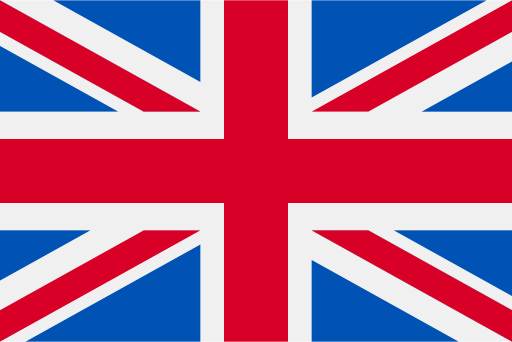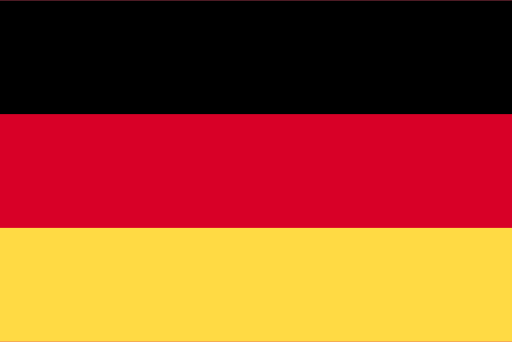In today’s global economy, tax optimization is a strategic priority for multinational corporations. Europe remains a central arena in this process, offering several jurisdictions where favorable tax laws, bilateral treaties, and regulatory nuances enable companies to legally reduce their effective tax burden. Among the most prominent are Ireland, the Netherlands, Luxembourg, and Switzerland. These countries are not “tax havens” in the traditional offshore sense, but rather onshore financial hubs that offer legally sanctioned structures used by some of the world’s largest corporations.
Ireland: Low Corporate Tax and IP-Focused Structures
Ireland has positioned itself as one of the most business-friendly tax jurisdictions in Europe. Its corporate income tax rate of 12.5% is among the lowest in the OECD. In addition, Ireland offers a Knowledge Development Box that allows qualifying intellectual property income to be taxed at a preferential rate of 6.25%. Combined with 25% R&D tax creditsand a sophisticated legal system based on common law, Ireland has become a top location for technology, pharmaceutical, and financial companies.
While the infamous “Double Irish” structure has been closed to new entrants since 2015, many legacy structures remain. Furthermore, Irish-incorporated but non-resident entities and Section 110 SPVs are still used to channel profits in legally compliant ways. Apple, Google, and Facebook have all operated major international tax structures through Ireland.
The Netherlands: Participation Exemption and Treaty Network
The Netherlands is widely regarded as a conduit jurisdiction, serving as an intermediary point through which companies can pass profits with minimal tax friction. The core advantage lies in the “participation exemption”—a legal rule that allows Dutch parent companies to receive dividends and capital gains from foreign subsidiaries tax-free, under specific conditions.
The country also boasts one of the world’s densest networks of bilateral tax treaties, many of which include reduced withholding tax rates on dividends, interest, and royalties. Additionally, the Dutch fiscal unity regime allows companies to consolidate profits and losses across group entities, enabling loss offsetting and tax-neutral reorganizations. These features make the Netherlands particularly attractive for IP routing, finance flows, and royalty management.
Multinationals such as Nike and IKEA have utilized the Dutch system to streamline their European operations and reduce tax exposure while remaining fully compliant with EU law.
Luxembourg: Tailored Rulings and Low Effective Rates
Luxembourg is a sophisticated financial hub with legal structures tailored for holding companies, investment funds, and intellectual property management. Although its headline corporate tax rate is around 24%, the country is known for issuing advance tax rulings that allow companies to negotiate effective tax rates well below the statutory level—sometimes under 1%.
Its Société de Participations Financières (SOPARFI) and Special Purpose Entities (SPEs) are commonly used for holding and financing operations. Luxembourg imposes no withholding tax on interest payments in many situations, and dividends are often exempt if the participation exemption applies.
Luxembourg’s model attracted global giants like Amazon, PepsiCo, and FedEx, many of whom routed billions through bespoke tax agreements. While public scrutiny and EU pressure have curbed the most aggressive practices, the core infrastructure remains attractive for legally compliant tax planning.
Switzerland: Cantonal Competition and Tax Agreements
Switzerland offers a unique multi-layered tax system where companies can benefit from both federal and cantonal-level tax privileges. While the average federal tax rate is around 8.5%, some cantons such as Zug, Lucerne, or Nidwalden offer total combined rates (federal + cantonal) as low as 12% to 14%.
In addition to low corporate rates, Switzerland permits generous deductions and accelerated depreciation schemes. The country has also introduced a “patent box” and R&D super deductions, making it attractive for innovation-driven entities. Furthermore, withholding taxes on dividends and interest can often be avoided or reduced through Switzerland’s vast treaty network and qualifying holding structures.
Swiss Holding Companies and Domiciliary Companies, while subject to recent reforms, continue to be used to structure European and global assets in a tax-efficient manner. Its political neutrality, banking infrastructure, and legal predictability add to its appeal for multinational treasury and asset management operations.
Legal, Not Offshore: The Regulatory Distinction
It is important to clarify that these jurisdictions do not operate outside the international tax framework. Rather, they comply with OECD, EU, and FATF standards, and offer legal tools that corporations use to optimize cross-border operations. Their laws are public, their tax incentives are codified, and their regulatory infrastructure is among the strongest in the world.
In recent years, initiatives such as the OECD’s Base Erosion and Profit Shifting (BEPS) program, the EU’s Anti-Tax Avoidance Directives (ATAD), and the upcoming Pillar Two global minimum tax have introduced stricter rules. However, sophisticated tax planning remains possible — legally — within these jurisdictions by aligning substance, structure, and documentation.
Conclusion
Europe remains home to several strategic jurisdictions that offer legal and effective tools for reducing global tax liability. Among them:
-
Ireland provides low corporate tax and strong IP regimes
-
The Netherlands offers participation exemptions and conduit flexibility
-
Luxembourg enables low effective tax rates through rulings and SPEs
-
Switzerland combines cantonal incentives with a robust legal and financial system
For multinational corporations seeking long-term compliance and tax efficiency, understanding these environments is critical. These are not loopholes — they are features of sovereign tax systems designed to attract capital, employment, and innovation.
Are you exploring international tax optimization?
Paulson & Partners offers confidential strategic consultations tailored to global holding structures, IP entities, and cross-border compliance. Contact us to evaluate how your corporate framework can align with international law while achieving maximum efficiency.


 EN
EN DE
DE









